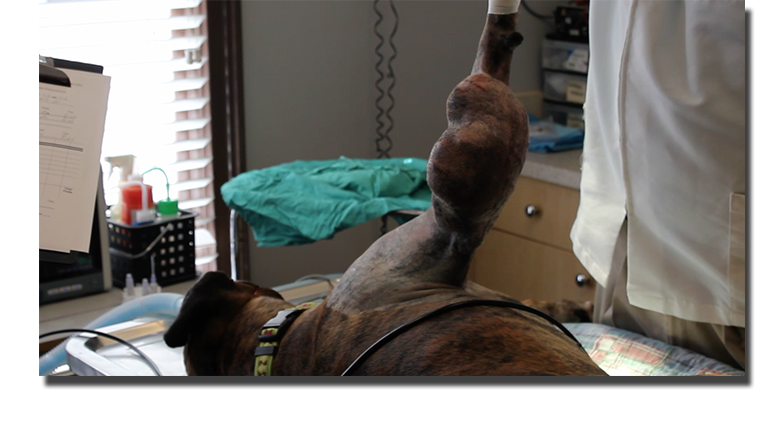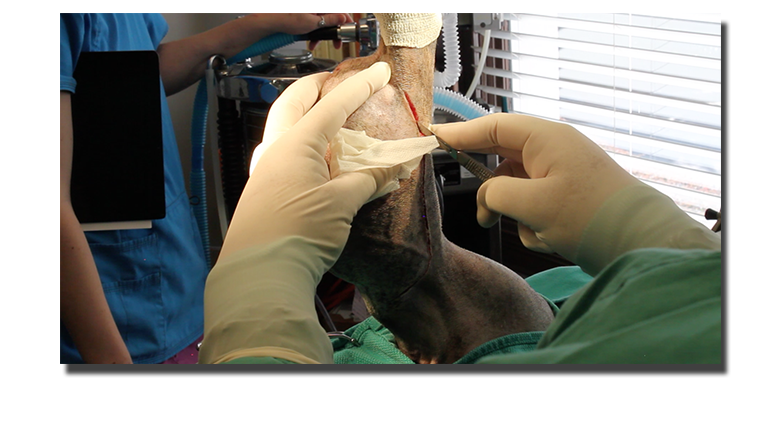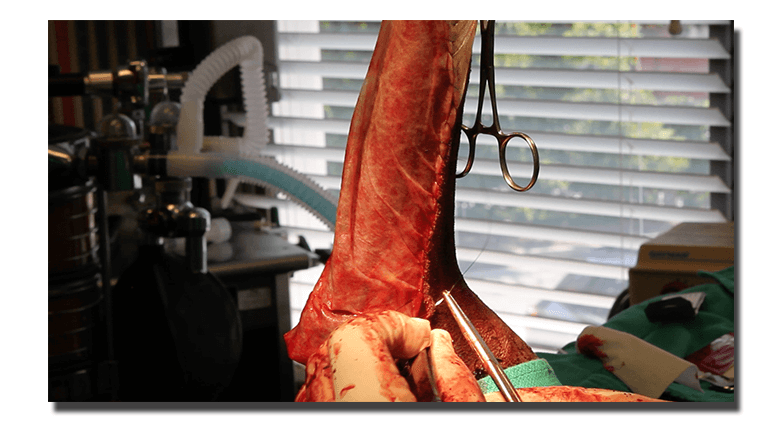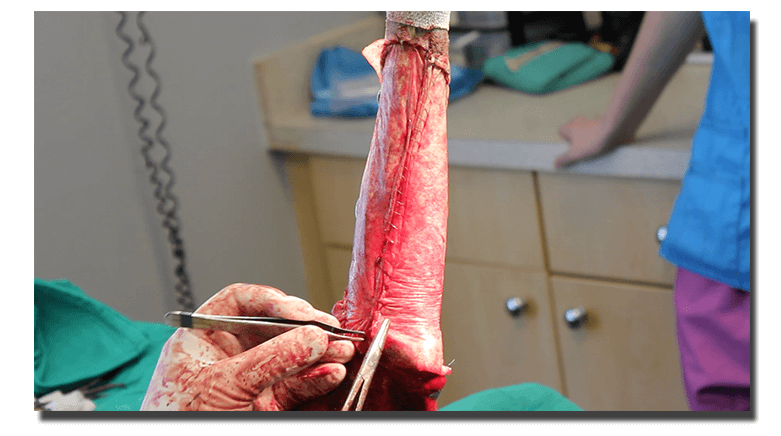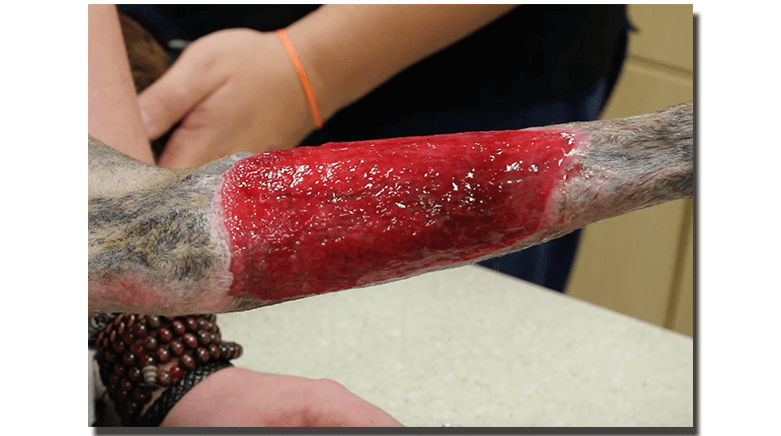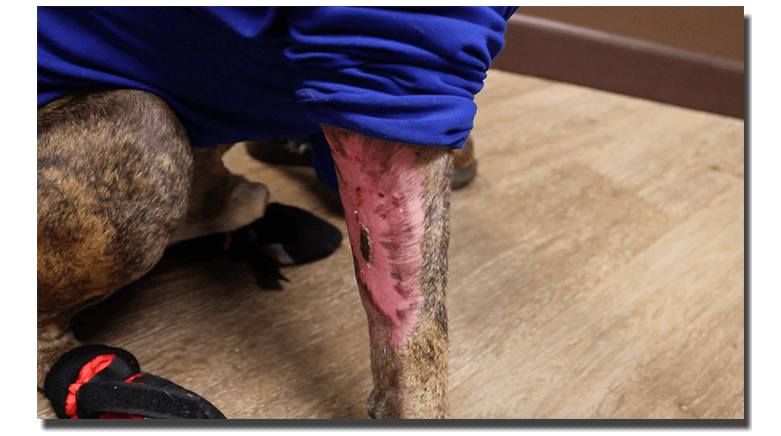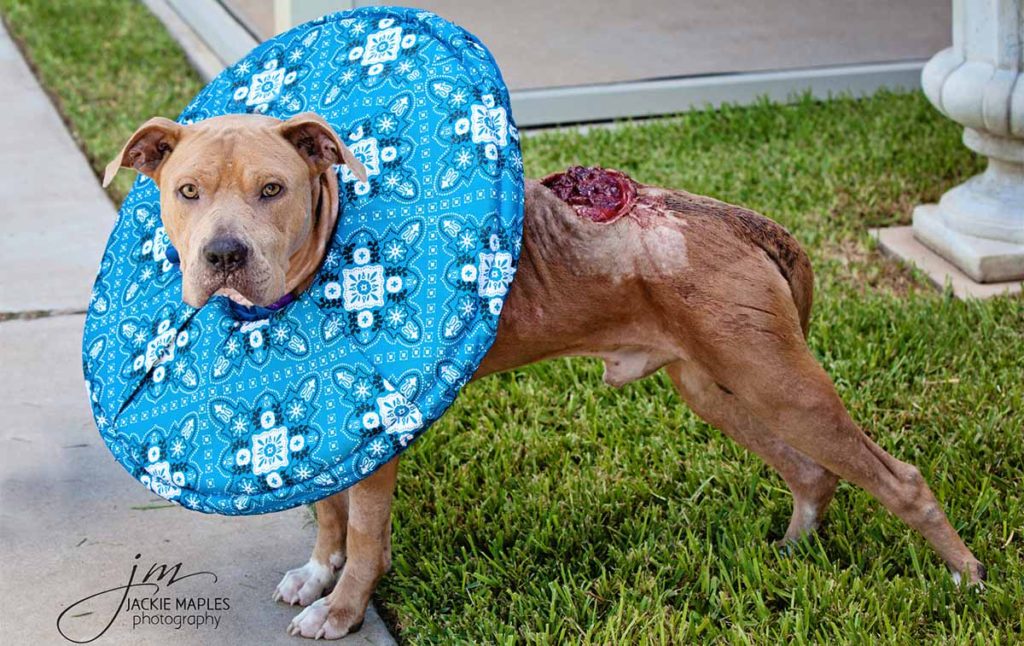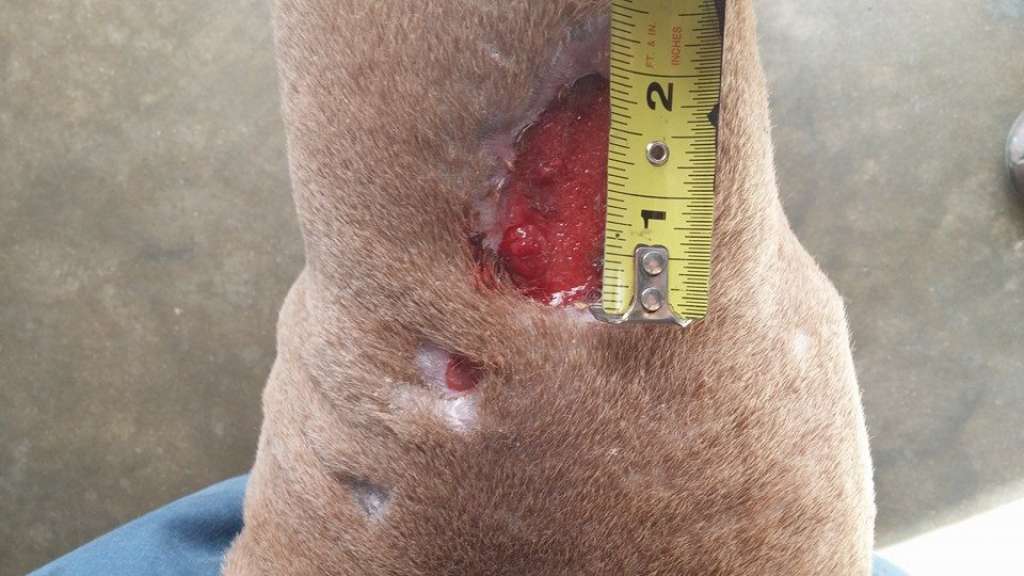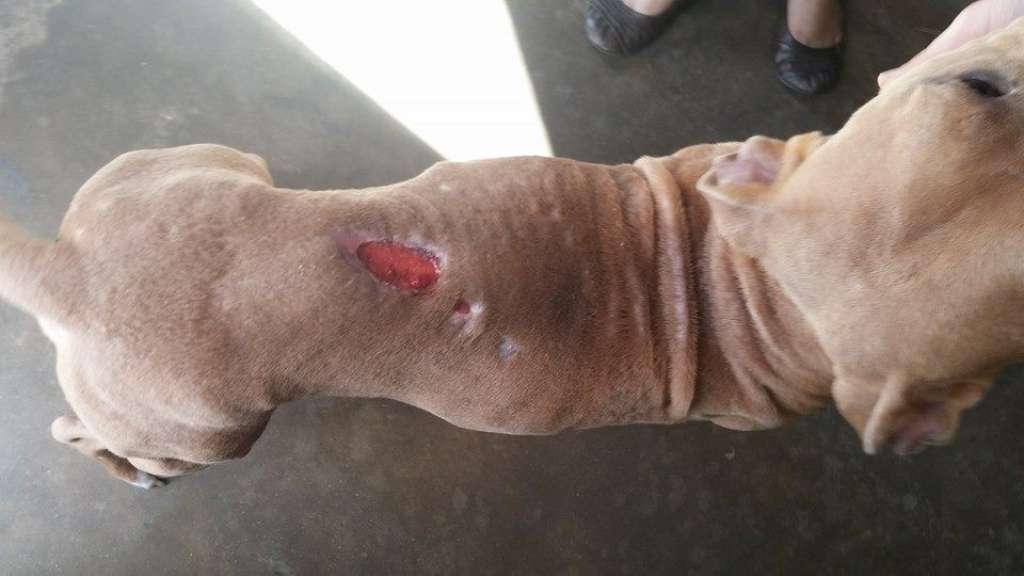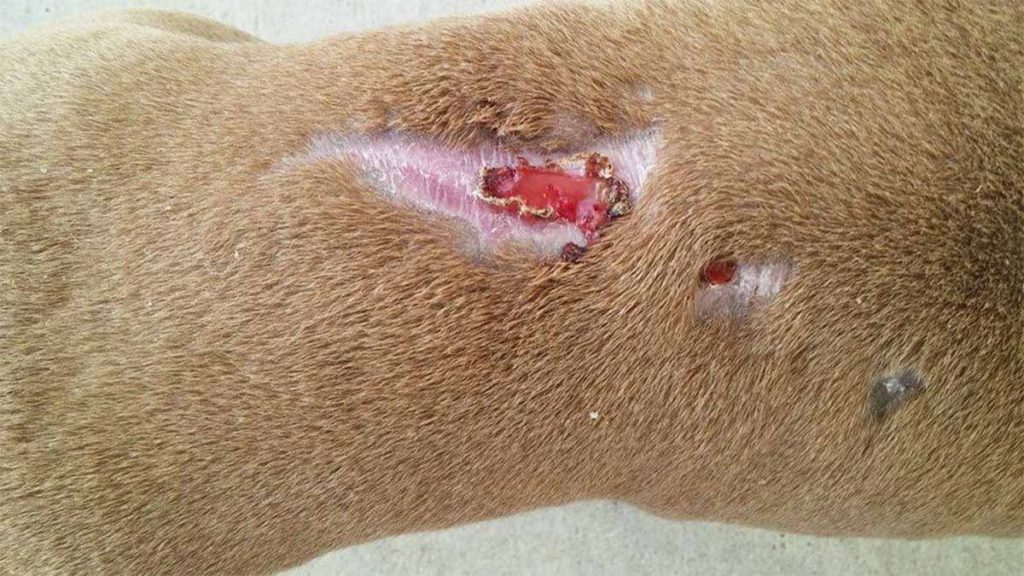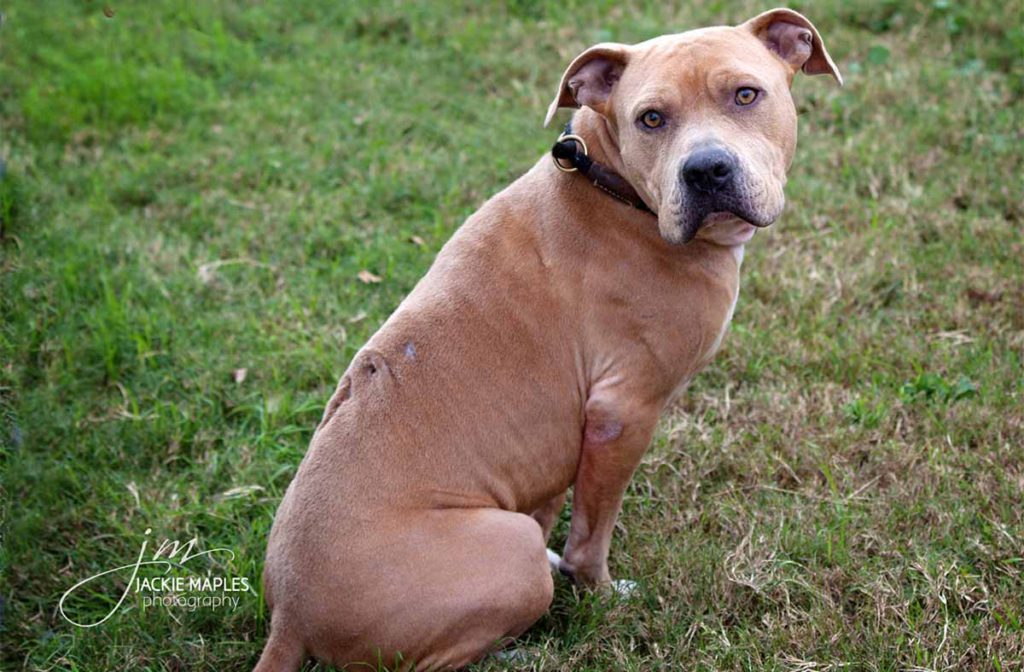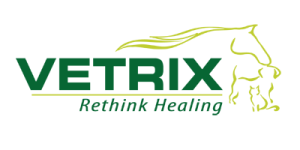Veterinary Wound Management Technology with BioSIS
Whether you’re treating a patient with chronic wounds or a first-time avulsion, the course of treatment chosen will have a major impact. Consider the Vetrix BioSIS method to treat patients facing these kinds of injuries to promote better, faster healing. Keep reading to learn more.
What Is BioSIS?
Vetrix BioSIS is a bioresorbable material that uses an extracellular matrix (ECM) derived from porcine small intestine submucosa (SIS). It replaces and repairs flesh at the wound site by working with the body’s natural healing process.
The ECM works as a biological scaffold for cells to migrate towards and regenerate. It’s the perfect environment for cells to reproduce since it’s also made up of cell tissue. It also provides excellent structural support to native cells to form into organized tissue. As the cells lay down their own collagen, strong, permanent tissue repair occurs.
Because the ECM is a biomaterial, there’s no foreign material left behind in the patient’s body as natural, self-renewal takes place. This also means there’s no calcification, tissue erosion, or encapsulation that can be caused by synthetic materials.
Advantages of the BioSIS Method
As a biomaterial, BioSIS has similar physiologic and morphologic characteristics as the host tissue. Meaning, after implantation and complete healing, there’s no presence of a foreign body left behind. This aids in permanent healing as well as resistance to infection. If an infection is detected, angiogenesis and rapid remodeling allow the body’s defense mechanisms to react quickly. The ECM’s natural composition allows host cells to strongly defend themselves against infection.
Collagen, elastin, glycosaminoglycans, and proteoglycans are growth compounds that naturally occur in healthy cell tissue and aid in the healing process. Because SIS is made of real cells instead of synthetic material, it contains and attracts these compounds, creating a healthy, diverse layer formation.
It’s worth adding that the BioSIS method has been found to decrease matrix metalloproteinases (MMP) activity. Chronic wounds usually cause these endogenous proteolytic enzyme levels to increase.
Two more advantages of the BioSIS method are that the ECM contains proteins that foster cell attachment and growth factor binding sites, sequester matrix-degrading enzymes, and enhance cellular filtration into damaged tissue. And because new cells are growing, so are new blood vessels, which are essential to healing.
Using BioSIS for Veterinary Wound Management
Because there are different layers of SIS available to veterinary wound management, it’s up to your discretion as to which layer to choose from, single-layer and multi-layer. Studies show a thicker layer may be preferable because it has been shown to have larger sections of unincorporated layers after a certain amount of days after the SIS has been applied. This means there was more space available for more cells to reproduce in the thick-layered SIS than the single-layered.
This is something to consider on an individual patient basis depending on traveling distance and affordability for the patient and owner.
Speak with an Expert
Want more information on Vetrix BioSIS Technology and how it may be beneficial to your patients? Contact us today! We’re always happy to talk about our products and answer any questions you may have. You can also check out our blog for information on more topics like this.



